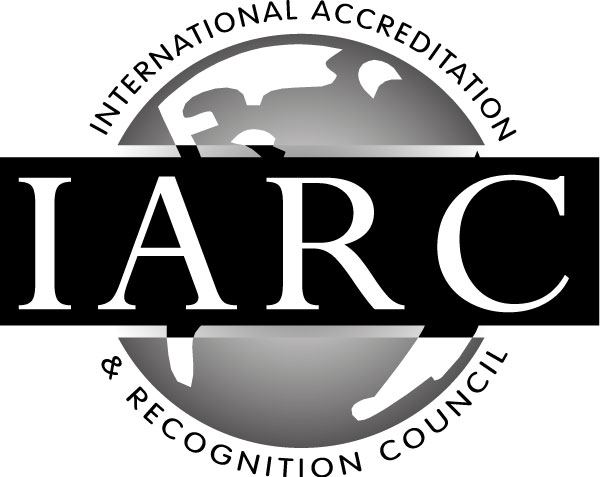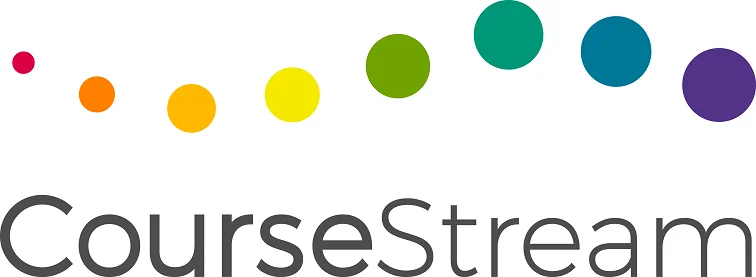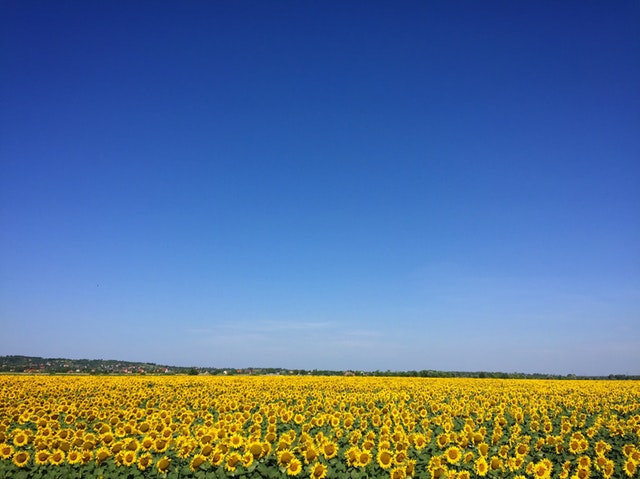Do you want learn how to farm flowers?
Learn all aspects of commercial flower farming in Australian
This flower farming course is written for Australian students and will give you the fundamentals needed in working or managing a cut flower business such as the different cultural practices, the needed nutrients of soil, what affects flower development, how to control pests and diseases, the practices done during and after harvest, how to make a production plan, and the knowledge needed to export in market. If you are interested in farming flowers or if you want to start your own flower farming business, then search no more! This online cut flower course is that and more.
Flower Farming Course Australia
This diverse flower farming course introduces you to the fundamental knowledge required to set up your own cut flower business or to work in this exciting field. The cut flower trade is an expanding industry and well worth investing time and energy into.
- Study in your own time at your own pace.
- Learn about cut flower production.
- 100 hours self paced study
- Gain a qualification in an area of increasing demand.
Course Aims
- Explain the physiological processes which affect flower development in plants.
- Identify plant varieties suitable for commercial cut flower production.
- Evaluate the suitability of different plants as cut flower crops.
- Determine soil and nutrition requirements for cut flower growing.
- Determine the cultural requirements for commercial production of a cut flower crop.
- Determine harvest and post-harvest management practices for cut flower crops.
- Develop a production plan for a cut flower crop.
- Determine export market opportunities for cut flowers.
Course Outline
There are 10 lessons in this course:
- Introduction to Cut Flower Production
- Scope and Nature of the Flower Industry
- International Flower Market
- Succeeding in the Trade
- Flower Structure
- Development of a Flower
- Introduction to Hydroponic Culture
- Understanding plant growth, roots, stems, flowers, leaves
- Types of flowers, perennials, bulbs.
- Review of Flower Crops, Alstroemeria, Antirrhinum, Amaryllis, Anigozanthus, Aster Carnation, Chrysanthemum, Dahlia, Freesia, Gerbera, Gladiolus, Iris, Narcissus, Orchids, Rose, Stock and others.
- Soils and Nutrition
- Soil composition
- Soil texture
- Soil structure
- Colloids
- Peds
- Characteristics of clay, sand and loam soils
- Naming the Soil
- Improving Soil Structure
- Improving fertility
- Benefits of adding organic matter to soils
- Soil life, earthworms, mycorrhyzae, nitrogen fixing, etc.
- Soil Water
- Understanding dynamics of water loss
- Improving soil water retention
- Types of soil water (Hydroscopic, Gravitational)
- Soil analysis
- Plant tissue analysis for soil management
- Measuring pH
- Other soil testing (testing salinity, colorimetry, etc)
- Measuring Water availability to plants
- Soil Degradation and rehabilitation (Erosion, Salinity, Acidification, etc)
- Soil Chemical Characteristics
- Nutrient availability and pH
- The nutrient elements, major, minor, total salts
- Diagnosing nutritional problems
- Fertilisers (types, application, etc)
- Natural Fertilisers
- Fertiliser Selection
- Composting methods
- Soil mixes and potting media
- Cultural Practices
- Site selection
- Production
- Cultivation techniques
- Using cover crops
- Green manure cover crops
- Nitrogen Fixation in legumes
- Crop rotation
- Planting procedure
- Staking
- Bare rooted plants
- Time of planting
- Mulching
- Frost protection
- Managing sun
- Managing animal pests, birds, etc.
- Pruning
- Water management and Irrigation
- When to irrigate
- Period of watering, cyclic watering, pulse watering, etc
- Sprinkler irrigation
- Trickle irrigation
- Sprinkler systems, portable, permanent, semi permanent, travelling
- Types of sprinkler heads
- Sprinkler spacing
- Selecting surface irrigation methods
- Weed control
- Preventative weed management
- Hand weeding
- Mechanical weeding
- Chemical weed control
- Classification of weedicides
- Natural Weed Control Methods
- Review of common weeds
- Flower Initiation and Development
- How flowers Age
- Managing flower longevity
- Effects of Carbon Dioxide
- Getting plants to flower out of season
- Types of flower response to temperature
- Ways to cause controlled flowering
- Narcissus flower management
- Managing Azalea flowering
- Seed sources
- Hydroponics for controlled growth
- Pest and Disease Control
- Integrated Pest Management
- Chemical Methods of Pest Control
- Chemical labels
- Non Chemical methods of pest control
- Pest and Disease Identification and Management on flower crops
- Anthracnose
- Blight
- Canker
- Damping off
- Galls
- Leaf Spot
- Mildew
- Rots
- Rust
- Smut
- Sooty Mould
- Virus
- Wilt
- Caterpillars
- Leafhoppers
- Mealy Bugs
- Millipedes
- Mites
- Nematodes
- Scale
- Slugs or Snails
- Thrip
- Whitefly
- Viruses,
- Others
- Environmental Problems
- Australian Natives and Related Plants
- Proteaceae Plants (Aulax, Banksia, Dryandra, Grevillea, Hakea, Isopogon, Leucadendron, Leucospermum, Macadamia, Mimetes, Persoonia Protea, Serruria and Telopea.)
- Culture of Proteaceae cut flowers
- Proteaceae propagation
- Anigozanthus
- Other Australian Cut Flowers
- Greenhouse Culture
- The greenhouse business
- Greenhouse system
- Components of a greenhouse
- What can be grown in a greenhouse
- Siting greenhouses
- Types of greenhouses
- Shade houses
- Cold frames
- Heated propagators
- Framing and cover materials
- Thermal screens
- Wind breaks
- Benches and beds
- Environmental control; Temperature, moisture, irrigation, shading -both natural and with blinds/curtains, light-including supplemented light if needed, ventilation, levels of CO2, mist/fogging
- Photosynthesis
- Plants that respond to Carbon dioxide
- Day length manipulation
- Lighting and heating equipment
- Horticultural management within the greenhouse
- Harvest and Post Harvest
- Harvesting
- Flower deterioration
- Post harvest
- Shelf life
- Major factors that affect shelf life
- Post harvest treatments
- Other treatments
- Grading standards
- Conditioning flowers for market
- Harvesting and grading carnations
- Harvest and post harvest of selected orchids; Bud opening, transport, storing flowers
- Cost Efficiency Standards
- Quality Standards
- Quantity Standards
- Judging flowers
- Developing a Production Plan
- Managing a cut flower farm
- Deciding what to grow
- Production plans
- Decisions that need to be made
- Farm layout
- Design of a store
- Export Marketing
- International flower marketing system
- Aspects of export
- Flower Exporting case study
- Understanding marketing your produce
- Consider your markets
- Market research
- What to research
- How to sell successfully
Enrol Now
- Experienced Tutor support
- Certificate sent to you
- Online study (Printed notes available)
- Self paced - no set timetable
- 12 months to complete course
From: $35.00 / week for 19 weeks
Get a Free Info Pack!











